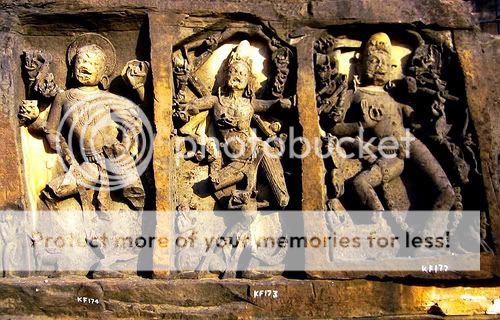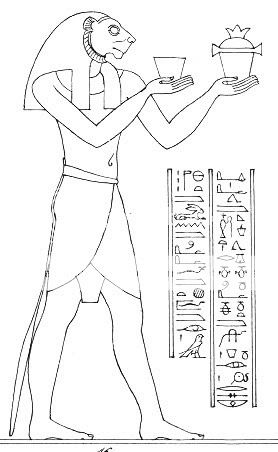If you are using Chrome, click the red hand button at the top right of the screen:

Then select: Don't run on pages on this site
If you do it correctly, the red hand will turn to green and you will no longer see this message.
Sanguisuga is the latin for blood-sucker (ext. vampire)
The term actually comes from Proverbs 30:15:
"sanguisugae duae sunt filiae dicentes adfer adfer tria sunt insaturabilia et quartum quod numquam dicit sufficit
It’s not a vampire per say, but a bloodsucking demon, most likely one of the Lilin. The Sanguisuga is the Aluga, which means “horse-leech” and depending oh which scholar you ask was either a ghoul, a powerful demon, or even the king of all blood sucking demons.
It might also help to give you the English version of Proverbs 30:15 :
"The horseleach hath two daughters, [crying], Give, give. There are three [things that] are never satisfied, [yea], four [things] say not, [It is] enough said."
The two daughters by the way are Cruelty and Covetousness, Creepy, eh? The three things that are never satisfied are the grave, the barren womb and the earth that is not filled with water. Add a fourth (fire) and you have the four things that say it is not enough.
The term later became the catch phrase of the day for XVIII-th Century pseudoscientific studies on vampirism and their causes. Such texts include:
- Dissertatio de Hominibus post Mortem Sanguisuga by Johann Christopher Rohl and Johann Hertel
- Dissertatio de Cadaveribus Sanguisuga by Johann Christian Stock
Both books were published in 1732 and leads one to believe if you’re name is Johann, you have a thing for vampires.
Silver was originally a vampire weakness, NOT a Lycanthropic one. It wasn’t until the 1935 film "The Werewolf of London" that silver became part of the werewolf mythos. This was added to the werewolf mythos because of the old Scottish belief that if you shot a witch with a silver bullet while it was in an animalistic form, it would revert back to humanoid and die.
The reason silver is a weakness for the vampiric undead goes back to Greek and Roman times.
Silver was revered in Alchemy as both a symbol of the moon (another reason while Hollywood moved it to Werewolves as well) as also a symbol of the goddess Diana. Because silver is such a pure metal, as well as it’s white and lustrous state in nature, silver was considered a bane against all form of the walking dead and evil.
Even early Christianity used silver to ward off the devil and demons, stating a crucifix made out of pure silver was the proper element to fashion one out of.
Another offshoot of this belief can be found in Serbia and Romania. Here silver coins and a crucifix would be loaded into a shotgun. This projectile would slay the vampire if pierced by it.

Shezmu (also known as Shesmu, Schezemu, Schesmu, Shesemu, Shezmou, Shesmou, Sezmu and Sesmu) is the ancient Egyptian demonic god of execution, slaughter, blood, oil, wine and perfume.
Like many of the gods of Ancient Egypt, Shezmu was of a complex nature. He had qualities of both light and darkness, but this was not the reason that he was known as a 'demon'. To the Egyptians, demons were not necessarily evil in nature. Often they were quite helpful. Instead, the term "demon" was given to Shezmu because he was one of the lesser deities, and due to his relation to the underworld.


COMMENTS
-